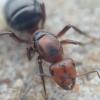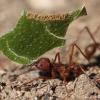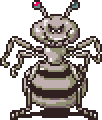So while derping anting around on the internet, I found this diagram of the Attini tribe.

It shows how the Attini tribe evolved and separated. What I don't understand is the different types of agriculture. What exactly is the difference between, say, leafcutter agriculture and higher agriculture, or coral-fungus agriculture vs. lower agriculture? Someone please explain! Thanks!






















